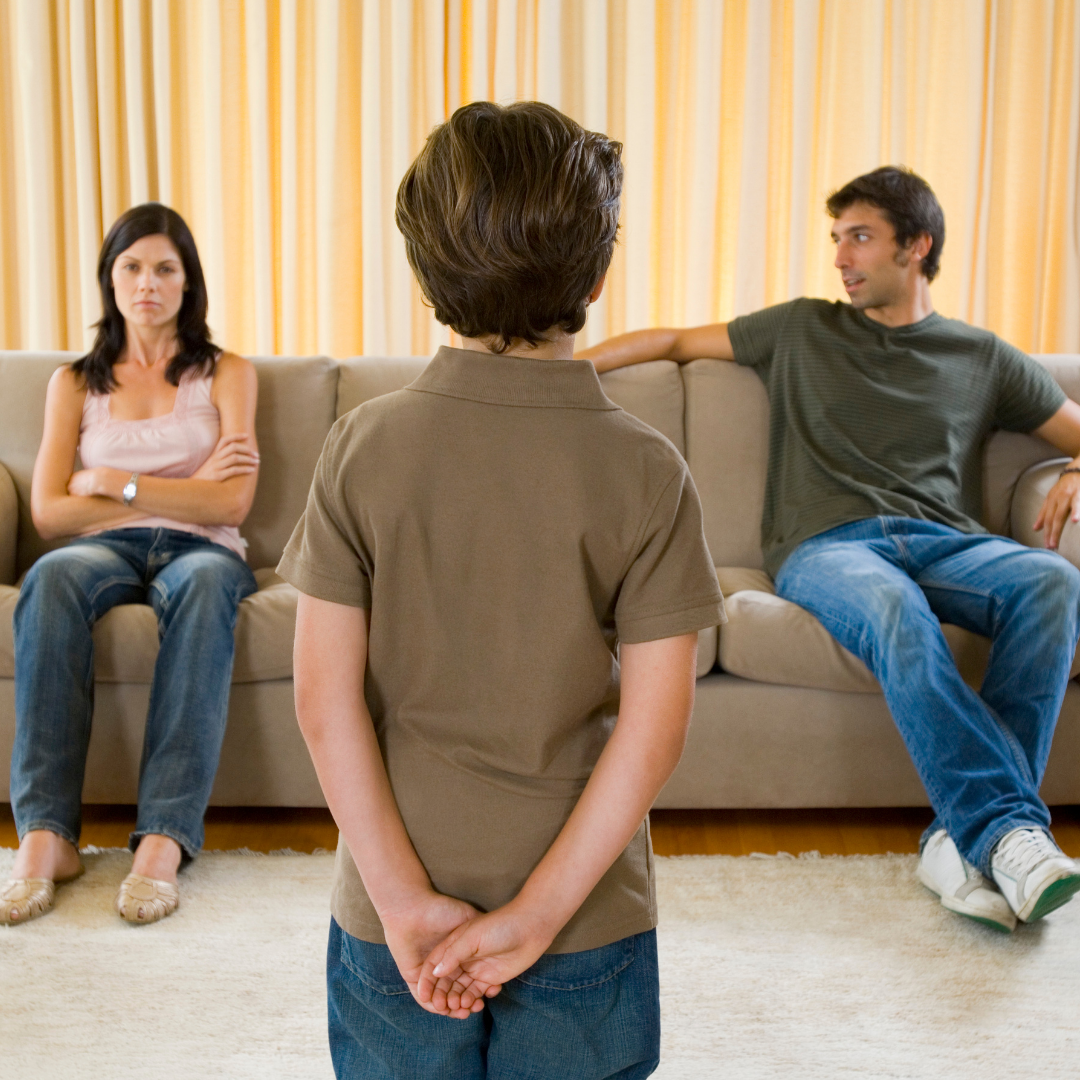Feeling guilty for losing your temper? You’re not alone, many parents struggle with reactive parenting. A parent will often raise their voice with the intent of controlling the situation. Only when our child’s face turns cold with fear, do we realize yelling was a bit much. So, why do we repeat the same action and hope for a different result?
- Reason one: we use the same methods as our parents. We are a product of a family system woven so deeply that we need to actively work to change beliefs, thoughts, and behaviors that have been passed down for generations.
- Reason two: parents are under a substantial amount of stress, spread thin with work, home, school, extracurricular activities, lack of sleep, and finding time to eat. Let’s face it, we are a society of stressed‑out and tired parents. Our children often seem to tantrum at the worst time but when is a good time?The difference between your child and you is the biological capacity to manage emotions. A child’s brain is in the developmental stages of building a mechanism to self-soothe and that is why we must step in and help them learn to cope with emotions in a healthy manner.
Turning the volume down on your voice is extremely important to a child’s development. A study recently completed by Stanford and Montreal University found that parents who often used aggressive behavior, such as yelling, to discipline their children, had children with smaller prefrontal cortex and amygdala. The prefrontal cortex and amygdala are segments of the brain that regulate emotion and when underdeveloped, a child has a higher probability of developing depression and anxiety.
Changing a child’s behavior sometimes starts with changing our own
- Let’s try something different: Separating emotion from behavior. When a child is angry they may begin to cry and act out by hitting, throwing, stomping, and yelling. Rather than the knee- jerk reaction of yelling at your child, take some deep breaths to slow down your nervous system and accept your feelings of frustration without reacting to the feeling. This will take some practice because this has become an automatic response, but do not give up!
- Next, acknowledge your child’s feelings. When your child is displaying their feelings in an unhealthy manner validate their feelings by making statements like “I can see you’re experiencing some big feelings, do you notice your big feelings inside?” Teaching a child emotion words to express themselves will help them verbalize their feelings and gradually begin to decrease behavioral outbursts. Sidenote: teaching your child emotion words will be most effective when practiced through play or conversation.
- Finally, rather than give a time-out provide a feelings break. A time-out tends to increase the intensity of a child’s emotions, another alternative is to provide a space for a child to have a feelings break. Ask your child what they need in that moment “do you need a hug, time to take a breathing break, or soothe with a fidget or stuffed animal?” Children want to be understood and feel a sense of safety. Providing them a safe space where they know you are near is key. Keep in mind, the manner in which you help your child build skills to regulate emotions will stay with them throughout their lives.












